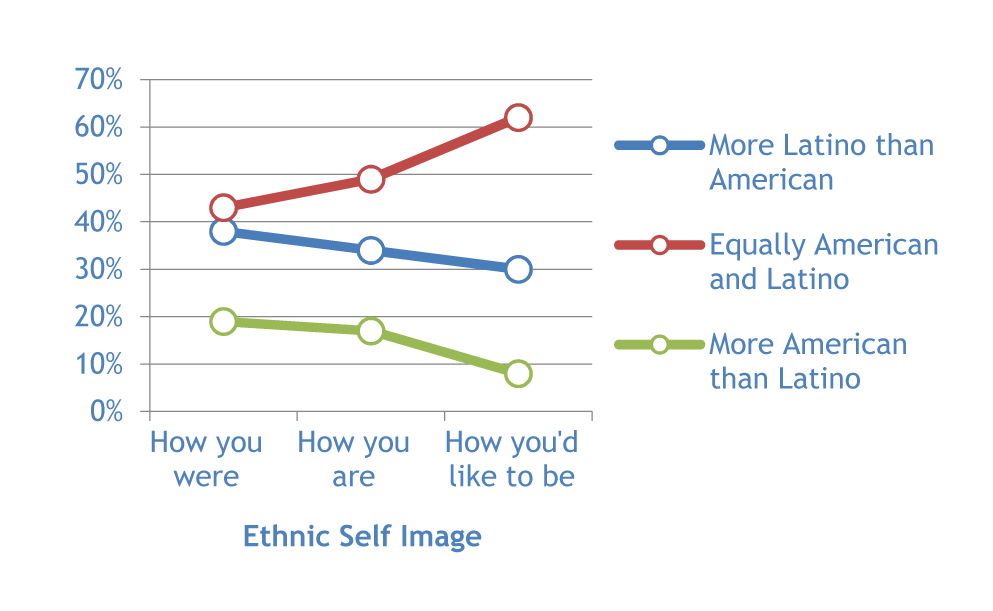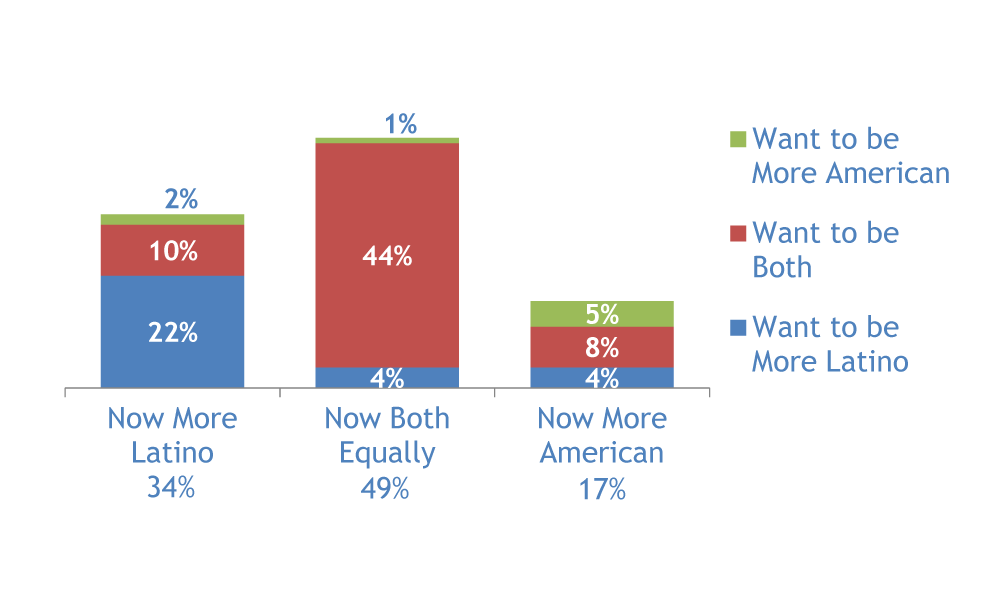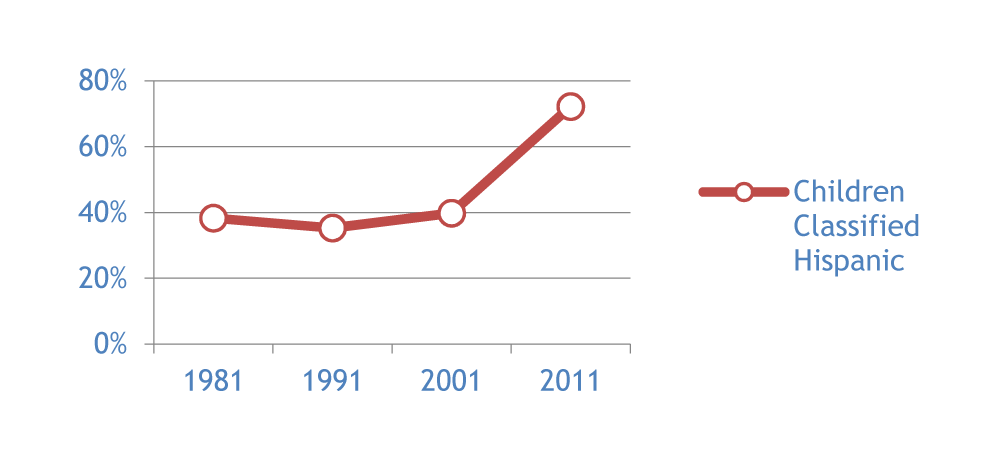The Hispanic Future of America
The visibility of the Hispanic consumer market and its considerable importance to the U.S. economy goes without saying. Most corporate leaders and marketers are familiar with the litany of factoids covering recent and projected growth of the Hispanic population. The most dramatic and compelling theme is that Hispanics will contribute between 50 and 75% of the projected growth of new American households, replacement workforce, college enrolment, and more.
Despite this demographic shift, there are some who expect Hispanics to disappear into the melting pot, as many other immigrant groups have done before. Proponents of inexorable Hispanic assimilation cite generational changes from Spanish dominance among immigrants to English dominance within a generation or two in the U.S.
EthniFacts was recently cited in the Nielsen Media Research report, The Hispanic Market Imperative, for findings that show Latinos are becoming the first major immigrant group to exhibit culture sustainability – successfully integrating into American culture while retaining major elements of Latino culture on a long term basis.
Many distinct factors such as retroacculturation, borderless connectivity, inexpensive technology, sheer size, and sustained growth seem to compound and reinforce Hispanics’ sense of cultural confidence. In other words, Hispanic culture in the U.S. may evolve over time and may even influence the creation of a completely new culture, but it will not fade away.
Change in Ethnic Self Image Over Time _____________________________________
The past, present and future ethnic self image of Latinos is compelling evidence of the potential for their culture to persist as a distinctive piece of the American mosaic. Most Latinos want to be either “Equally American and Latino” or “More Latino than American,” but do not want to lose their Latino cultural identity

Source: EthniFacts national survey of 4,000 Hispanic adults.
Latinos Shifting to the Ambicultural℠ Optimal Space ____________________
Latino identity shifts are found in the percentage of Latinos who currently identify with one culture but may aspire to another. Latinos who feel equally American and Latino are 49% of the adult Latino population and overwhelmingly (nine out of ten or 44%) want to stay that way. Latinos who see themselves as more Latino than American (34% of adult Latinos) want to remain that way (22%) but a large proportion (10%) want to be in the ambicultural sweet spot. Finally, of those who view themselves more American than Latino (17% of Hispanic adults), half (8%) want to retroacculturate to the middle and a quarter (4%) want to fully retro-acculturate to become more Latino.

Source: EthniFacts national survey of 4,000 Hispanic adults.
EthniFacts surveys have produced metrics demonstrating the sustainability of culture: • 90% of Hispanic parents want their children to speak Spanish as well as English • 85% of adults say almost everyone knows they are Hispanic • 73% of Hispanic adults like telling others about their culture
Further Evidence from Self-Ascribed Identity in Census _________________
The Census demonstrates powerful evidence of culture sustainability in data regarding how intermarried parents (a Hispanic and a non-Hispanic parent), classify their children by ethnicity. In 1991, 35% of intermarried parents classified their children as Hispanic, which doubled to 72% in 2011.

Source: EthniFacts analysis of Census data sets from Current Population Survey from several points in time.
CLICK HERE TO GO BACK
